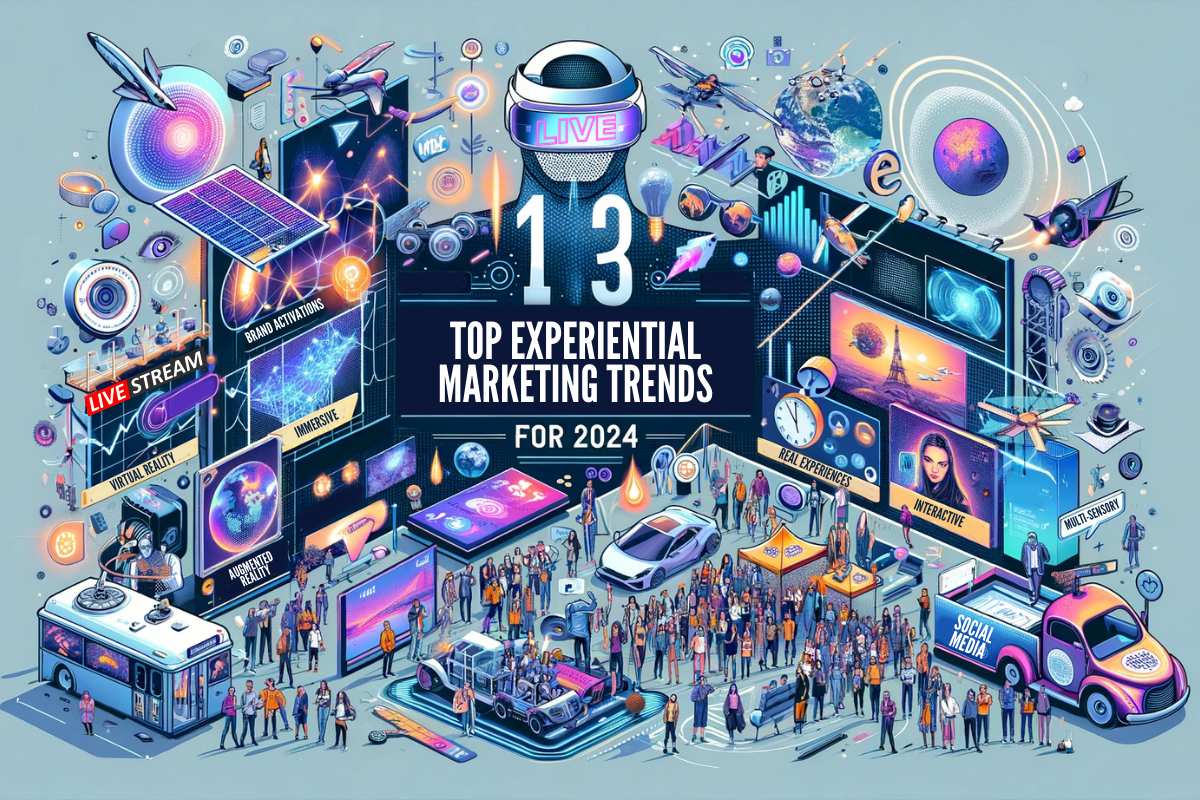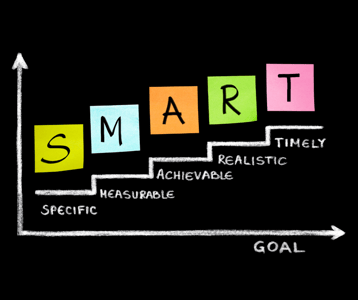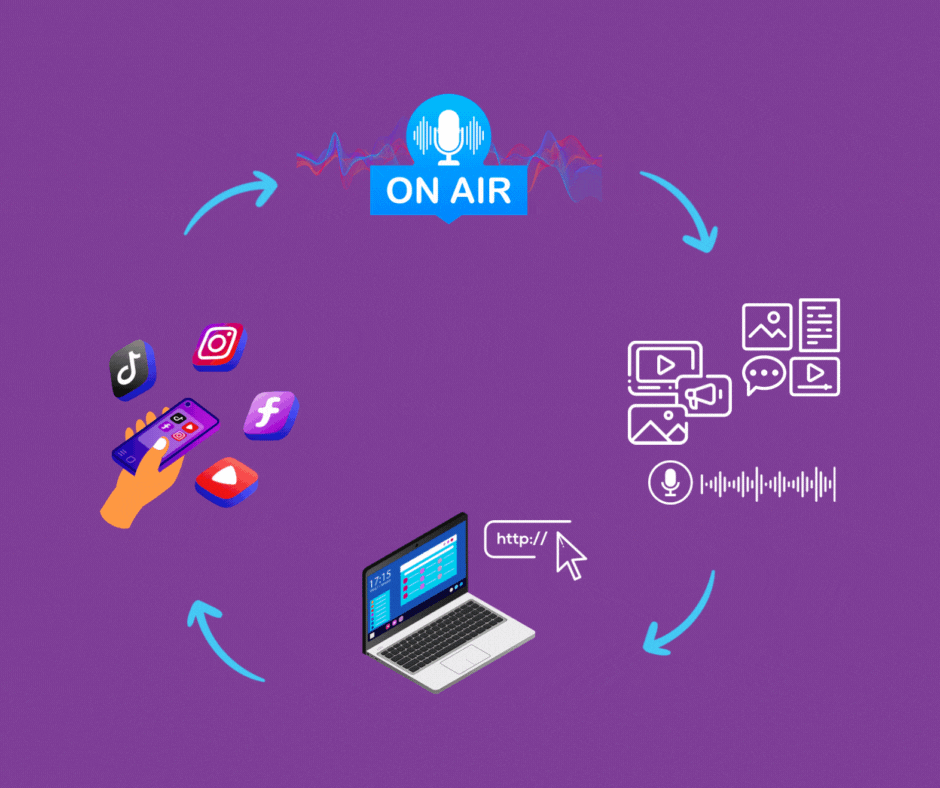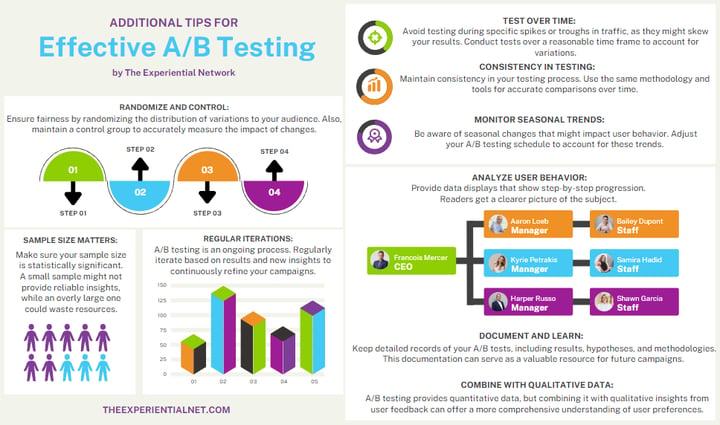
In the dynamic world of marketing, staying ahead is crucial. As 2024 begins, experiential marketing takes the cake, yet again, evolving to meet changing consumer...
Businesses' key priorities in the fast-paced world of marketing are to maximize results while minimizing expenses. Cost-effective campaigns enable you to make the most of your resources while communicating effectively with your target market. In this article, we'll look at tactics and give advice that will help you get the most out of your budget while developing effective campaigns.
1. Understand the Importance of Cost-Effective Campaigns
2. Define your Objectives and Target Audience
3. Craft a Clear and Compelling Message
4. Embrace the Power of Content Marketing
5. Optimize your Email Marketing
6. Monitor and Analyze Campaign Performance
7. Maximize ROI With Remarketing Strategies
8. Last Thoughts on Producing Low-Cost Campaigns
9. FAQS
Cost-effective campaigns are more than just budget-conscious initiatives; they represent a smart and strategic approach to getting the most value from every marketing dollar.
In today's competitive landscape, these campaigns are crucial for achieving significant returns on investment. They involve creative thinking and innovation to engage target audiences efficiently within budget limits.
These campaigns have the advantage of long-term sustainability, enabling consistent marketing efforts without draining resources. They level the playing field for businesses of all sizes, emphasizing creativity and strategy over budget size.
Data-driven decision-making is a core principle, ensuring that actions are backed by real insights for effective resource allocation.
Furthermore, cost-effective campaigns foster creativity, as marketers find inventive ways to connect with audiences despite limitations. They are not solely about cost-cutting; they are a strategic mindset aligning marketing actions with business objectives.
Ultimately, mastering cost-effective campaigns is vital for sustainable success in today's marketing landscape.
In the realm of cost-effective campaign creation, clearly defining objectives and understanding the target audience is pivotal.
Crafting SMART goals, aligned with business objectives, provides a roadmap for the campaign's direction. Equally important is comprehending the target audience beyond demographics, and creating detailed buyer personas that capture preferences, behaviors, and aspirations.

This deep understanding helps tailor campaign messages to resonate personally with the audience, enhancing engagement.
Aligning objectives with audience needs ensures a campaign that addresses real challenges and desires. Creating a buyer's journey map guides the campaign's touchpoints, influencing decisions from awareness to conversion.
Personalization, achieved through audience segmentation, heightens engagement and conversions.
Lastly, staying receptive to feedback and adapting as needed enhances campaign success.
Overall, a well-defined campaign with objectives rooted in audience insights is the foundation of a cost-effective endeavor.
Such a campaign resonates better, engages effectively, and yields desired outcomes, making careful planning and research invaluable assets for campaign success.
Crafting a compelling message for a marketing campaign is a crucial art that involves understanding the audience's needs, simplifying the message, and evoking emotions.
By addressing the audience's pain points and desires, using clear language, and tapping into emotions, marketers can create messages that resonate deeply.
This message should highlight the unique value proposition and incorporate storytelling to make it memorable and relatable. Additionally, incorporating a clear call to action with a sense of urgency, maintaining authenticity, and tailoring the message to fit different mediums are essential strategies.
Testing and refining the message based on audience response ensures continuous improvement.
In essence, a compelling message acts as the core of effective marketing, captivating attention, driving engagement, and prompting desired actions.
By combining audience understanding, emotion, authenticity, and a clear call to action, marketers can create messages that not only stand out but also leave a lasting impact on their audience's minds.
An exemplary instance of a clear and compelling message is Nike's iconic "Just Do It."

This simple phrase encapsulates empowerment, motivation, and action—the core values of the brand. The message is inclusive and resonates with athletes and non-athletes alike, showcasing the power of a succinct yet impactful message.
A clear and compelling message forms the bedrock of any successful marketing campaign.
By understanding your audience, evoking emotions, and articulating your unique value, you can create a message that not only captures attention but also drives meaningful engagement and conversions.
Remember, in the world of marketing, words wield immense influence.
Content has emerged as a pivotal force that can shape perceptions, drive engagement, and foster lasting relationships with customers.
Content marketing, centered on creating valuable and relevant content, is a cornerstone of cost-effective campaigns. It involves crafting informative articles, insightful videos, and engaging infographics to establish your brand as a trusted industry source.
Content marketing builds brand awareness by showcasing expertise, fostering trust, and guiding customers through every buying stage.
It thrives on diverse formats and channels, from podcasts to social media, amplifying engagement, and reach. Incorporating SEO principles enhances long-term impact by boosting organic visibility.
Content marketing’s measurability allows for adaptability, ensuring your campaign remains relevant and resonant.
By incorporating content marketing, you build a relationship with your audience, creating enduring success stories grounded in trust and value.
Another effective strategy in content marketing for cost-effective campaigns is repurposing and reusing content.

Once you've created valuable content, such as a comprehensive article or an engaging video, you can repurpose it into different formats.
For instance, an article can be transformed into a podcast episode, and a video can be turned into short clips for social media platforms. This approach not only maximizes the value of your existing content but also reduces the need for creating entirely new material from scratch.
Reusing content across various channels and formats helps maintain consistency while optimizing your resources.
Influencer partnerships have emerged as a dynamic content strategy that can significantly amplify your brand's reach and credibility. Identifying the right influencers is crucial – it's about authenticity and relevance, not just follower count.
Micro-influencers, with smaller but engaged followers, often deliver more impactful results.
Leveraging their niche audiences allows for genuine interactions and conversions.
Crafting authentic collaborations is essential. Let influencers have the creative freedom to present your product naturally. They can create diverse content like reviews, tutorials, and personal anecdotes.
Building long-term relationships fosters more profound connections with their audience.
Measuring impact through engagement rates and conversions provides insights for future campaigns. While influencer partnerships hold potential, due diligence is vital.
Transparency, like indicating sponsored content, maintains ethical standards. Real-life success, like Nike's athlete collaborations, shows how authenticity resonates with consumers.
Influencer partnerships can amplify reach, establish trust, and become a powerful content marketing cornerstone.
To maximize the impact of your email campaigns, consider these strategies:
Segment your email list for personalized content delivery.
Craft compelling subject lines and engaging content that adds value. Incorporate clear calls to action (CTAs) and mobile-friendly design for seamless experiences.
Utilize personalization tokens and automation to tailor messages. Test different elements, find optimal timing, and maintain list hygiene. Ensure compliance with regulations and implement interactive elements for increased engagement.
By implementing these strategies, you can enhance the effectiveness of your email marketing, fostering meaningful connections and driving desired actions.
Remember, successful email campaigns are built on understanding your audience and delivering valuable content.
Effectively monitoring and analyzing your marketing campaigns is crucial for their success. To ensure optimal performance, follow these steps:
1. Start by clearly defining your Key Performance Indicators (KPIs) aligned with your campaign goals.
2. Utilize analytical tools such as Google Analytics and social media insights to track engagement, conversions, and audience behavior in real time.
3. Conduct comparative analysis and A/B testing to identify effective strategies and refine campaign elements.
4. Analyze the customer journey and conversion funnel to enhance user experience and address drop-offs.
5. Translate data into actionable insights, continuously optimize campaigns, and communicate findings with your team or stakeholders.
Regular monitoring and analysis not only fine-tune current campaigns but also provide valuable insights for future endeavors. It's a dynamic process that empowers you to make informed decisions, maximize return on investment, and consistently improve your marketing efforts.
Marketing professionals often employ A/B testing to evaluate two iterations of a campaign element to determine which performs better. This data-driven strategy helps campaigns be improved for the best results.
A/B testing involves crafting two variations of a campaign element, such as an email subject line or ad headline.
One version is the control (A), reflecting the current approach, while the other is the variation (B), with a single intended change.
For instance, in an email subject line test, the control version with the original subject line is sent to one segment, and the variation with a new subject line goes to another. The open rates of both versions reveal which subject line resonates better.
Focus on testing one element at a time to isolate changes' impact.
Clearly define your goal, create variations, randomly assign them to audience segments, and gather data on relevant metrics. Regular A/B testing, guided by a hypothesis, helps refine campaigns.
It's crucial to ensure statistical significance and maintain a culture of continuous learning and optimization.

By integrating A/B testing into your strategy, you can continually enhance campaign elements based on real insights, contributing to your marketing objectives.
Remarketing, also known as retargeting, is a powerful technique that boosts ROI by re-engaging users who previously interacted with your brand.
To harness its potential effectively:
Segment Your Audience: Tailor messages based on user behaviors like abandoned carts or specific page views.
Craft Compelling Ads: Create visually appealing ads that address users' interactions and include strong calls to action.
Optimize Frequency: Control ad frequency and timing to avoid overwhelming users.
Dynamic and Cross-Platform: Use dynamic ads to showcase products users viewed and implement cross-platform remarketing.
Nurture Relationships: Use remarketing to nurture leads and reinforce your brand's value proposition.
By targeting users already interested in your brand, remarketing can drive conversions and build lasting relationships.
This article delved into the realm of cost-effective campaigns, shedding light on their pivotal role in today's dynamic marketing landscape.
These campaigns extend beyond budget constraints, embodying strategic thinking, creative innovation, and data-backed decisions.
The strategies explored herein collectively form a comprehensive toolkit for crafting successful campaigns that resonate deeply with audiences while optimizing resources.
From understanding the significance of cost-effective campaigns to defining clear objectives rooted in audience insights, each step contributes to a well-rounded approach.
Crafting compelling messages, harnessing the power of content marketing, establishing influencer collaborations, optimizing email campaigns, and employing A/B testing all play a crucial role in campaign success.
Additionally, the concept of remarketing was unveiled, showcasing its potential to reengage interested users and maximize returns.
In essence, cost-effective campaigns are a harmonious blend of creativity, strategy, and data-driven decision-making. By embracing these strategies, you can not only optimize your resources but also create enduring connections with your target audiences.
In the competitive landscape of marketing, these insights serve as a compass, guiding you toward impactful campaigns that resonate and deliver lasting value.

In the dynamic world of marketing, staying ahead is crucial. As 2024 begins, experiential marketing takes the cake, yet again, evolving to meet changing consumer...

Any effective marketing plan must include the development of brand awareness. It aids companies in building a solid market position, differentiating themselves from...